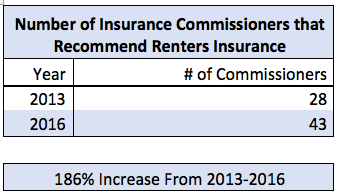
An 8.9 earthquake hit Sendai, Japan in the middle of the night, sending off tsunami warnings to more than 20 countries, including the U.S. West Coast and Hawaii. A tsunami warning issued by the Pacific Tsunami Warning Center in Hawaii has been widened beyond East Asia to include Hawaii, Australia, New Zealand, Mexico, North, Central and South America and the rest of the Pacific Ocean. Tsunami waves have already hit Hawaii, and residents in coastal areas were evacuated to refuge areas at community centers and schools while tourists in Waikiki were moved to higher floors of their high-rise hotels. We urge those in the affected areas to monitor and follow all emergency recommendations from local officials until the danger has passed.
Tsunamis can rapidly flood coastal areas with devastating results. Areas at greatest risk are those less than 25 ft/8 m above sea level and within 1 mi/1.6 km of the shoreline.
If you’re in a coastal area when an earthquake that lasts 20 seconds or longer occurs
- First protect yourself from the earthquake: Drop, cover, and hold on.
- When the shaking stops, move quickly to higher ground away from the coast.
If you are on the beach and the water suddenly and dramatically recedes from the shoreline, a tsunami may be imminent.
The approaching wave may be visible as a churning line of foamy water, but it may not be visible at all until it strikes.
- Don’t delay to collect belongings: Run for higher ground immediately, or climb to the highest floor of a multistory, well-built building.
- Be careful to avoid downed power lines, and stay away from buildings and bridges from which heavy objects might fall during an aftershock.
- A last-ditch survival tactic is to climb as high as you can into a sturdy tree or climb onto the roof of a building.
- Tsunamis often occur as multiple waves of varying size, so do not return to an affected area until you’re certain the danger has passed.
Tokyo’s Narita airport has partially resumed flights after closing following the earthquake. Officials from the airport said some departing flights were now taking off from the airport, but that it was not accepting arrivals following the worst quake in Japanese history.
Japan Airlines said the airports of Sendai, Iwate Hanamaki, Yamagata and Aomori were shut. All Tokyo area trains were halted, while the shinkansen bullet train service in the quake-torn areas has been suspended. We may be able to bring you another update later this afteroon.
 Update brought to you by On Call International. If you or someone you know needs natural disaster services, please contact Phillip Morris at 603-560-2150 or via email at pmorris(at)oncallinternational.com. Click here for more information.
Update brought to you by On Call International. If you or someone you know needs natural disaster services, please contact Phillip Morris at 603-560-2150 or via email at pmorris(at)oncallinternational.com. Click here for more information.



